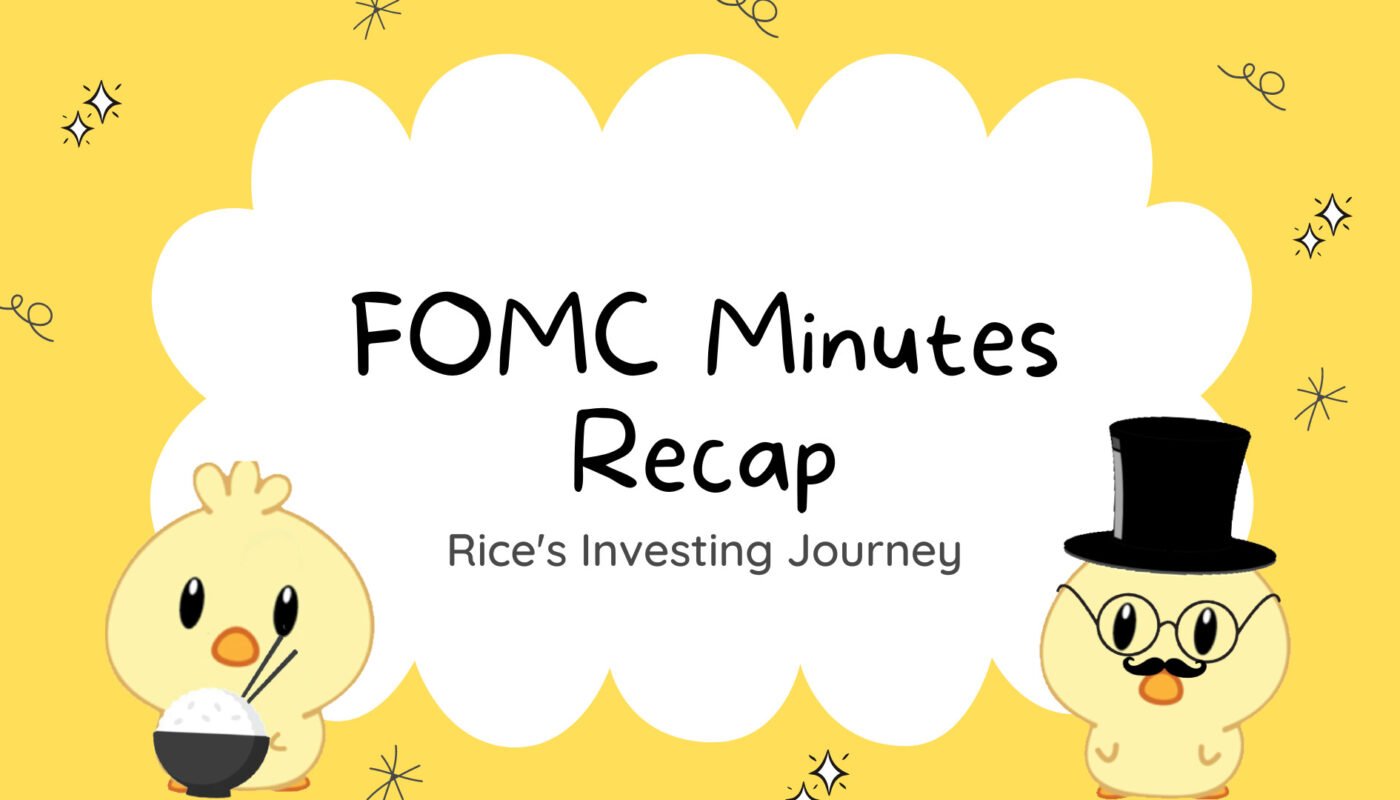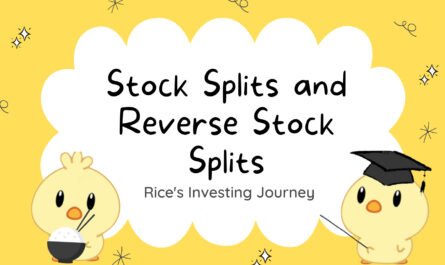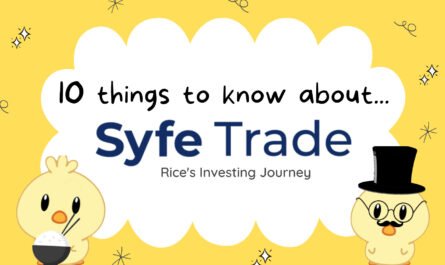Hey everyone! For this week, I thought it would be a good idea to look at the FOMC minutes released the past week. The Federal Open Market Committee (FOMC) is a branch of the Federal Reserve System that determines the direction of monetary policy. They meet 8 times a year to discuss if there is a need for changes to the near-term monetary policy. I will go through more on it in this blogpost and discuss the implications of the Fed’s direction for the economy.
Before we begin, I will go through some terms that will be used later in the post.
- Hawkish refers to those who favour a more aggressive and higher interest rates
- Dovish refers to those who prefer a less aggressive stance and favour lower interest rates
- Bps, also known as basis points, is a common unit of measure for interest rates. For example 50bps refers to a 0.5% change in interest rates
- Federal fund rate refers to the interest rate that banks charge each other to borrow or lend excess reserves overnight
- Growth Stocks are stocks that tend to trade at higher multiples and tend to still be making net losses. Such firms tend to take on more debt. An example would be companies like Cloudflare.
- Value Stocks are stocks that tend to trade at lower multiples and are already making net profits and do not need to rely as much on debt. An example would be companies like Berkshire Hathaway.
Let’s dive right in!
FOMC Minutes April 2022
According to the minutes, the Fed would have preferred a 50bps increase in the feds fund rate, instead of a 25bps hike. However, uncertainty due to the war in Ukraine deterred some from going with a 50bps movie in March.

In addition, for the Fed’s balance sheet run-off, participants generally agreed ‘that monthly caps of about $60 billion for Treasury securities and about $35 billion for agency mortgage backed-securities would likely be appropriate’. This is nearly double the $50 billion a month trim the Fed made back in 2017-2019.
Such minutes signalled that the Fed is likely to take a more hawkish stance against inflation, as the annual inflation rate in the US hit as high as 7.9% in February 2022. (You can read more here)
If you are interested, click on the button below to read the full official FOMC minutes.
What happened to the markets?
After the FOMC minutes, stocks fell across the board, with the Dow Jones Industrial Average falling 144.67 points, or 0.42%, to 34,496.51. The S&P 500 slid 0.97% to 4,481.15, and the Nasdaq Composite sank another 2.22% to 13,888.82 after falling about 2.3% on Tuesday.
Meanwhile, the 10-year Treasury yield jumped above 2.65% to a three-year high on Wednesday and remained near that high following the release of the Fed meeting minutes.
What to expect in the coming months?
Now, what is the impact of the Fed interest rate hikes? Well, increasing the federal fund rate typically pushes interest rates higher overall, which makes it more costly for corporations and individuals to borrow and promotes saving. Such a measure seeks to reduce spending that is driving up the prices (in part due to the many Covid-19 stimuli given since the pandemic). This is to slow down inflation which is increasing at record rates.
However, raising interest rates too much or too fast can tip the economy into a recession, which is what happened when the Federal Reserve Board, led by Paul Volcker raised the federal funds rate, leading to the early 1980s recession.
In addition, higher interest rates typically hurt the value of growth stocks more than value stocks. As growth stocks tend to have a much higher valuation based on the expected future earnings, higher interest rates can hurt the value of those expected earnings which will lower the growth stock prices. Such growth stocks also have to rely on debt to service their daily operations as they tend to operate with net losses. Higher interest rates translate to much higher costs of servicing that debt.
Conversely, value stocks trade at much lower multiples than their growth stock counterparts. With higher interest rates, value stocks that are already making net profits (with a lot of cash flow and lower debts) do not need to rely on debt. While they may be affected in other areas (higher costs of materials etc) due to higher interest rates, their costs will be overall less impacted when compared to growth stocks.
While it is impossible to predict what will happen in the coming months, it is safe to say that we will be seeing more interest rate hikes given the Fed’s hawkish stance. This may lead to more turbulent markets and higher volatility in the markets.
Anyways, hope you guys found this article useful. I am currently working on a blogpost series for Options so stay tuned!
– Rice




